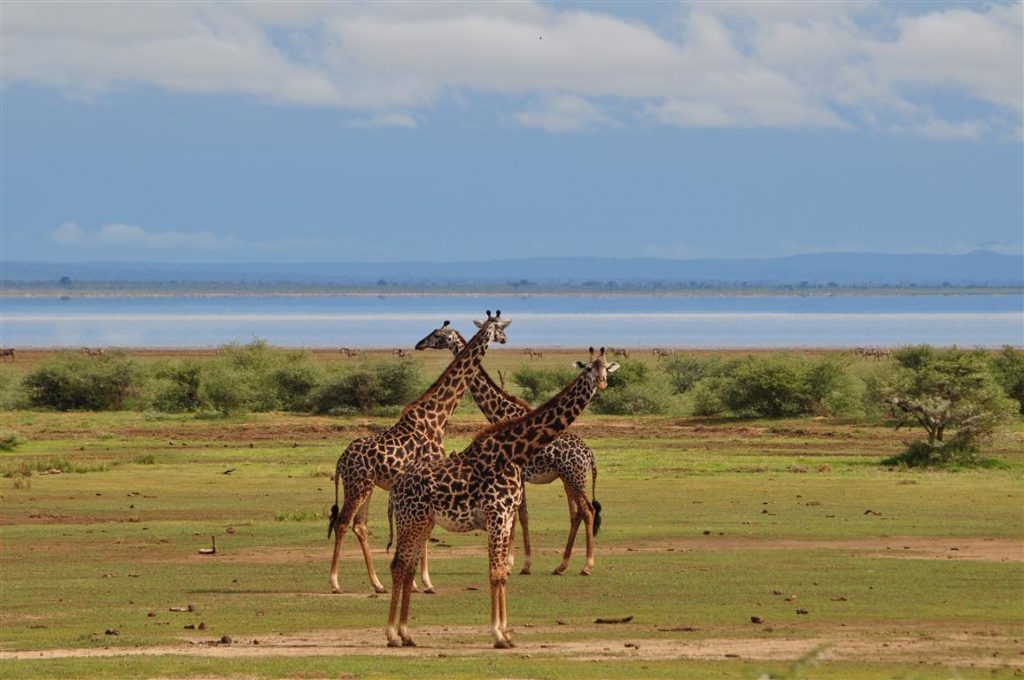Although it is Tanzania’s smallest park, Lake Manyara is one of the most diverse reserves in the country. The beautiful Lake Manyara covers two thirds of the park, while the rest consists of steep mountainside, swamps. Dense woodlands, open grassy areas and hot springs.
Lake Manyara is one of the many alkaline lakes of the Great Rift Valley. It was formed about three million years ago and is quite shallow, with an average depth of about three meters. The lake attracts hundreds of bird species. In high vegetation near the park entrance, baboons and blue monkeys chatter incessantly between the heady shrills of cicada. More than 350 species of birdlife may be found around the Lake Manyara ecosystem – including pelicans, Egyptian geese, ducks, waders, herons, storks, grebes, ibises, kingfishers and the flamingos. The extraordinary concentration of birdlife has made this place world-renowned among ornithologists.

The park is famed for its unique tree-climbing lions, which can occasionally be sighted in the lower branches of acacia and other shade trees, sprawling lazily in the afternoon heat escaping the glare of the sun amidst the foliage. The wall of the Great Rift Valley forms a dramatic backdrop to the rich groundwater forest near the entrance to the park, the wide areas of open grassland around the lake foreshore, and the soda lake.

